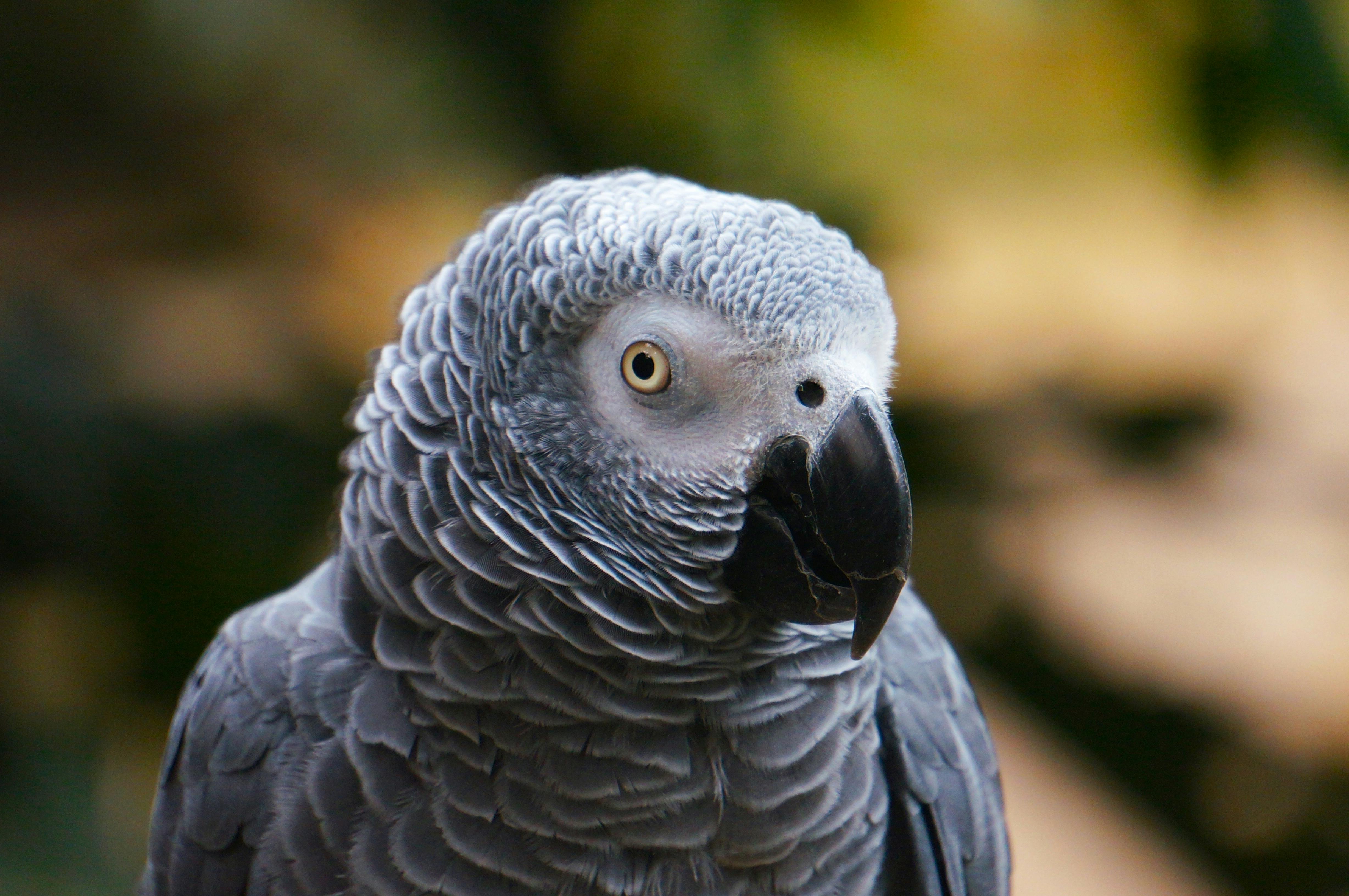
Effective Ways to Choose Betta Tank Mates for a Peaceful Aquarium in 2025

Understanding Betta Fish Behavior
To choose the **best companions for betta fish**, it is crucial to understand their behavior. Betta fish are known for their aggressive tendencies, especially the males. They thrive in a peaceful setting but can become territorial if they perceive threats from other fish. Recognizing the signs of aggression can help you maintain a harmonious **betta community tank**. These signs include flaring fins, chasing, or striking. Thus, species selection must be based on compatibility to create a stress-free environment for your betta.
Signs of Aggression in Betta Fish
Every betta owner should monitor their fish for aggression. Common signs include chasing other fish, flaring their fins, and even biting. For example, **male bettas** should not be housed together; however, a single male betta can coexist with gentle tank mates such as **corydoras for bettas** or snails. It’s advisable to observe interactions closely when introducing new tank mates to ensure there are no aggressive behaviors escalating.
Behavior Patterns with Other Species
Understanding how bettas interact with other species is critical. For instance, juxtapose compatibility with smaller, non-threatening species such as **neon tetras** or **rasboras as betta mates**. Such species tend to be peaceful and can usually evade a betta's aggression. Nonetheless, remaining vigilant is essential until you confirm that all fish coexist peacefully. Documenting these interactions can guide future tank mate decisions.
Choosing Ideal Betta Tank Partners
Creating an appropriate setup is vital when considering **suitable tank mates for bettas**. The tank’s size, species characteristics, and living preferences all influence the dynamics of a communal habitat. The ideal companions for bettas should not exhibit fin-nipping behaviors or excessive aggression. Opting for species such as **colorful fish with bettas** allows for an aesthetically pleasing tank while ensuring compatibility and peace.
Best Fish Compatibility Chart
A fish compatibility chart can serve as an excellent immediate resource. Charting species against known behavior reveals whether a fish will thrive alongside a **betta fish**. Listings will frequently suggest **shrimp tank mates for bettas**—specifically, ghost shrimp and nerite snails—as viable options due to their peaceful nature and minimal threat to bettas. Utilizing these resources equips aquarists in navigating and optimizing their selections.
Safe Tank Mates to Consider
When planning a **betta tank**, including **peaceful fish species** such as **guppies** and **endler's livebearers with bettas** is advisable. These species are often recommended based on their non-aggressive interactions and eye-catching colors, enhancing your aquarium's aesthetic appeal. Introducing **female betta companions** into the same tank can also provide social interaction while ensuring that territorial disputes remain at bay.
Creating the Best Betta Tank Setup
The **best betta tank setup** involves coordinating tank size, filtration, and arrangement for optimal living conditions. Betta fish prefer a peaceful setting with plenty of hiding spots and plants. This habitat network not only enhances the aesthetic appearance but also allows for safe havens if the betta feels stressed or threatened. Understanding **tank size for bettas and mates** ensures that all fish can thrive without overcrowding.
Importance of Tank Size
Choosing the right tank size is vital for the wellbeing of bettas and their companions. A minimum of 10 gallons is often recommended for establishing a **betta community tank**. This provision allows ample space and minimizes aggressiveness often exhibited in smaller tanks. Additionally, larger tanks promote more stable water parameters, contributing to general fish health and wellbeing.
Filtration and Tank Maintenance
Implementing a reliable filtration system is essential for maintaining high water quality in a betta tank. The use of sponge filters can be particularly beneficial, as they provide necessary filtration while ensuring gentler water movement, suitable for bettas. Regular maintenance, including water changes and checking parameters like pH, is crucial, ensuring an ideal habitat with effective **betta tank maintenance** practices.
Acclimating New Betta Tank Mates
When introducing new species to an existing **betta tank environment**, it's crucial to acclimate them properly. Sudden changes in conditions can stress both existing fishes and newcomers alike. Techniques like floating the new fish bag for a time and gradually mixing tank water can help make the **acclimating betta tank mates** process smoother. This careful integration minimizes stress levels and promotes cohesion among aquarium residents.
Acclimation Techniques for Success
Effective acclimation techniques play a significant role in ensuring that all species, including *betta fish compatible species,* comfortably transition into the community tank. Begin by floating the bag containing the new fish for around 15 minutes. Slowly mix aquarium waters with the water in the bag to help the new fish adjust to temperature and chemical levels. Following these steps minimizes stress and aids in a smoother transition.
Monitoring Compatibility Over Time
Once new **fish and betta** mates are added and acclimated, closely monitor interactions to ensure continued compatibility. Daily observations can highlight any emerging issues before they escalate. If any aggression develops, it might be necessary to remove the disruptive species to restore harmony to the community tank.
FAQ
1. What are the best companions for betta fish?
The **best companions for betta fish** often include non-aggressive and smaller species like **rasboras**, **neon tetras**, and **corydoras**. It's crucial to avoid fin-nipping fish that may provoke the betta’s aggressive behavior.
2. Can bettas live with guppies?
Yes, bettas can live with **guppies**, as they are generally peaceful and colorful fish. However, males should be monitored closely as bright guppy tails may attract unwanted aggression from bettas.
3. What size tank is suitable for bettas and their mates?
A minimum of 10 gallons is recommended for a **betta community tank** to ensure sufficient space for all inhabitants and to maintain water quality effectively.
4. How do I acclimate my new tank mates to the betta tank?
Acclimating new tank mates involves floating the sealed bag in the tank and gradually mixing in the tank water over time to ease stress and promote a smoother transition.
5. Which bottom feeders are compatible with bettas?
**Corydoras** are excellent **bottom feeders for betta tanks** due to their peaceful nature and compatibility. They help keep the tank clean without disturbing the betta.
6. What plants are suitable for betta tanks?
Choosing **aquatic plants for bettas** entails incorporating soft, leafy varieties such as water wisteria and Java ferns, which can provide hiding spots and reduce stress for bettas.
7. Can African dwarf frogs live with bettas?
Yes, **African dwarf frogs with bettas** often coexist successfully, as long-term monitoring for favoritism and aggression is applied since some frogs may get nipped if they provoke the betta.
